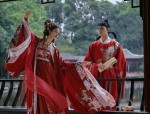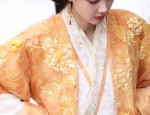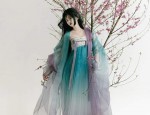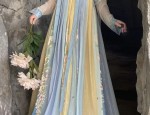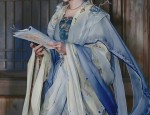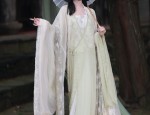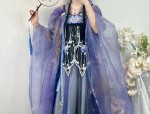The Intricacies of Cheongsams Button:The Story of 盘扣
In The realm of traditional Chinese clothing, the cheongsam stands out as a symbol of elegance and cultural richness. It is not just a garment, but a canvas of intricate designs and stories, reflecting thousands of years of cultural heritage. Among its many fascinating features, the button, known as 盘扣 in Chinese, is a small yet significant detail that embodies the craftsmanship and wisdom of the past generations.
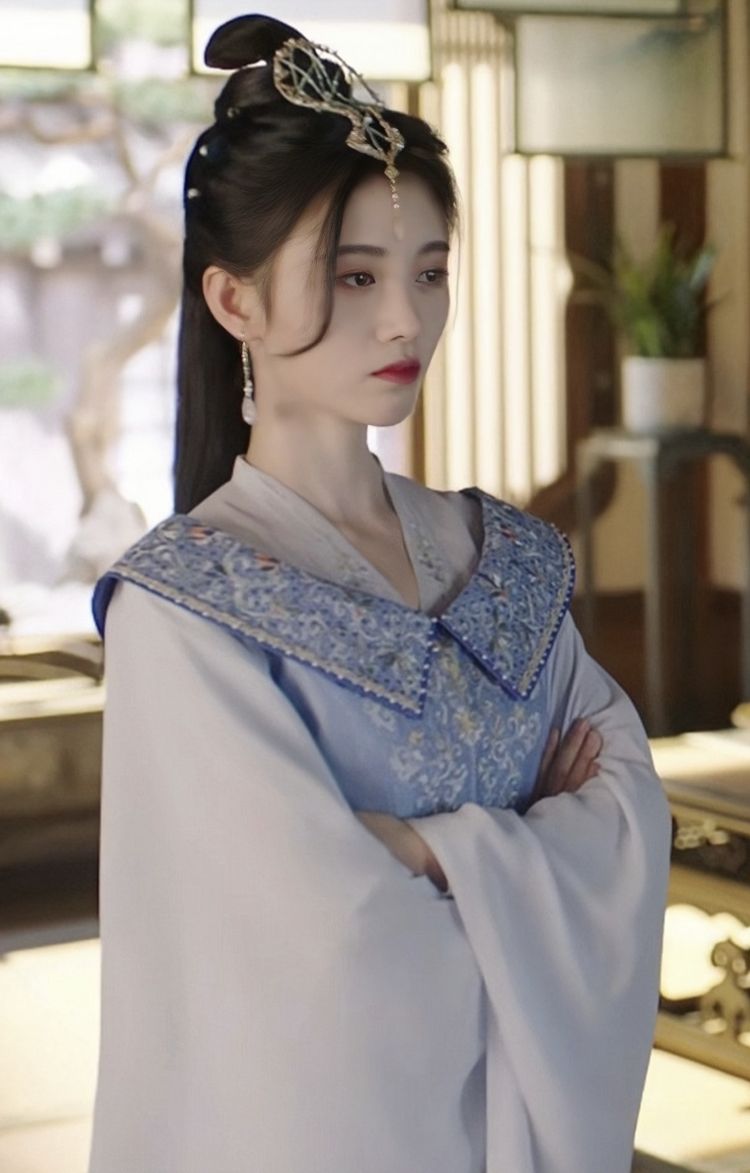
The 盘扣, or cheongsam button, is a traditional Chinese clothing accessory that serves both as a decorative element and a functional closure. It is a unique type of button that is typically found on cheongsam, a traditional Chinese women's dress. This button is not just a simple piece of clothing hardware; it is an embodiment of intricate craftsmanship and cultural heritage.
The 盘扣 is made up of two parts - the male and female components - that interlock together to hold the garment in place. The male part is typically in the shape of a loop or a hook, while the female part has a corresponding hole or slot to fit into. These components are made using various materials such as silk, cotton, or even metal threads, and are often adorned with intricate designs and patterns that reflect the beauty and richness of Chinese culture.
The 盘扣的 history can be traced back to the Ming Dynasty (1368-1644 CE), when it was first used as a decorative element on traditional Chinese clothing. Over time, it evolved not just as a decorative element but also as a functional closure, replacing the traditional ties and belts that were used to hold the garment in place. The 盘扣 became highly popular during the late Qing Dynasty (1644-1912 CE) and has been a part of cheongsam ever since.
The craftsmanship behind making 盘扣 is quite remarkable. The threads used in making these buttons are often extremely thin and delicate, yet they are interwoven with precision to form intricate patterns and designs. The process involves skilled hands and patience, as each 盘扣 is carefully crafted by hand. The skilled craftsman uses various techniques such as embroidery, weaving, and even carving to create these beautiful buttons.
Each 盘扣 tells a story. It reflects the cultural heritage and traditions of China, incorporating elements from nature such as flowers, birds, and insects. These patterns often symbolize good luck, prosperity, and other positive aspects of Chinese culture. The 盘扣 also incorporates elements from Chinese mythology and folklore, further enhancing its cultural significance.
The 盘扣 is not just a functional part of the cheongsam; it is also an integral part of its beauty and elegance. It adds a touch of elegance and sophistication to the cheongsam, making it stand out in any crowd. The intricate designs and patterns on the 盘扣 complement the beautiful patterns and designs on the cheongsam itself, creating a harmonious blend of beauty and culture.
Today, the 盘扣 has not only survived but also thrived in the modern era. It has been adapted and reimagined by designers across the globe, incorporating modern elements and techniques to create contemporary yet still traditional designs. The 盘扣 continues to be a symbol of Chinese culture and heritage, attracting people from all over the world who are fascinated by its beauty and craftsmanship.
In conclusion, the 盘扣 is not just a button; it is a symbol of Chinese culture and heritage. It embodies the craftsmanship and wisdom of generations, reflecting thousands of years of cultural richness. The 盘扣 continues to evolve and thrive in the modern era, attracting people from all over the world who are fascinated by its beauty and story.
As we look forward to the future, let us not forget the rich history and craftsmanship behind the 盘扣. Let us celebrate its beauty and continue to pass it down to future generations, so that they can appreciate and understand the rich cultural heritage that it represents.

 Previous Post
Previous Post

